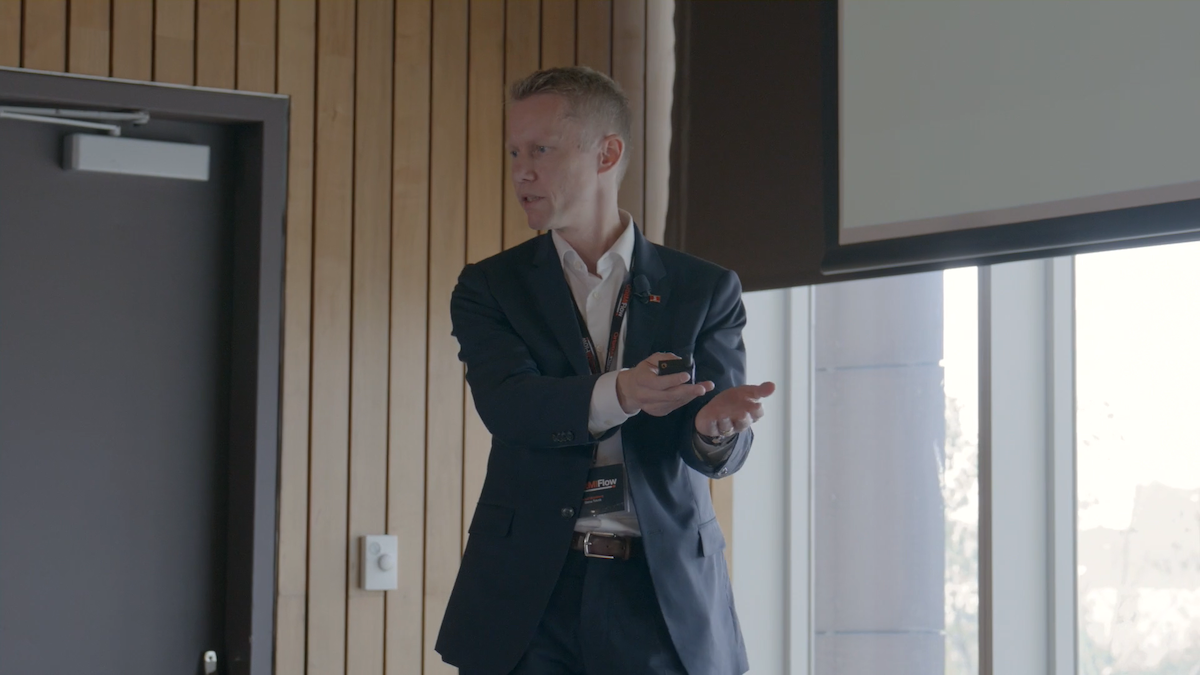
While listening to Peter Bjorkborg, Head of Energy Transition at Stena Teknik, share his point of view on the energy transition in maritime, I started to think of the forces working together to advance it: The development of new fuels, propulsion and carbon capture systems and digital technologies. Each of these forces will contribute to the ongoing decarbonization of the commercial fleet.
However, most conversations about the energy transition tend to focus almost solely on alternative fuels and propulsion systems with less emphasis on digitalization. What is becoming increasing clear is the role of digital solutions in enabling and accelerating shipping's energy transition. Digital goes hand in hand with these other forces.
The connection between digital technology and decarbonization is multifaceted. At its most basic level, digital tools offer the most cost-effective way to reduce energy consumption. While physical modifications to vessels can achieve efficiency gains, they often come with significant capital costs. Digital solutions, in contrast, can achieve 1-5% efficiency improvements through better operation and routing - improvements that are both immediate and cost-effective.
Digital twins and performance modeling represent another frontier in maritime decarbonization. By creating accurate models of vessel performance under various conditions, operators can optimize operations in ways previously impossible. These tools enable not just better weather routing and voyage optimization, but also support commercial agreements. For instance, accurate performance predictions can facilitate virtual arrival schemes, which have existed for years but seen limited adoption due to data uncertainty.
The merger of analog and digital technologies is particularly powerful. Consider wind-assisted propulsion: while adding sails to vessels can reduce fuel consumption, the technology's effectiveness multiplies when combined with weather routing optimization and operational analytics. Digital tools can ensure these systems are used in optimal conditions and their benefits are accurately measured.
Performance measurement itself is becoming critical as the industry adopts various efficiency technologies. How do you verify that a particular modification delivers its promised 5% fuel savings when so many factors affect consumption? Digital monitoring and analytics provide the answer, allowing operators to isolate and quantify the impact of specific changes.
Looking ahead, digital technology will be essential for managing the increasing complexity of maritime operations in a decarbonizing world. As vessels begin to use different fuel types, potentially carrying some fuels as both cargo and propulsion, sophisticated digital systems will be needed to optimize operations and ensure compliance with various environmental regulations. Think of LNG, for instance.
The path to maritime decarbonization won't be straightforward, but it's becoming clear that digital technology isn't just an enabler - it's a prerequisite. Companies that embrace this reality and invest in digital capabilities will be better positioned to navigate the energy transition successfully.
To watch Peter's full presentation from OrbitMI Flow 2024, click here.
Learn more about how OrbitMI enables the LNG section below.
These Stories on Decarbonisation